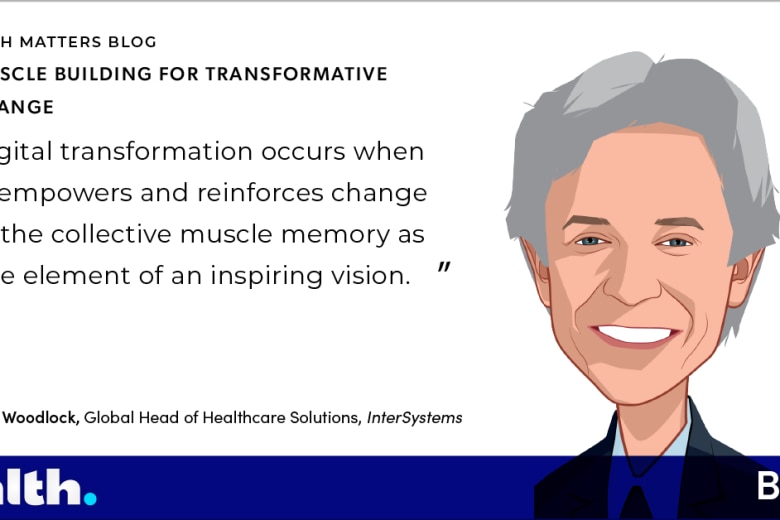I recently returned from the AACC Annual Meeting & Clinical Lab Expo in Atlanta, and I was amazed by the sheer volume of point-of-care testing (POCT) options on the show floor. The minimal footprint and speed of these devices is truly incredible. They offer a revolutionary promise for rapid, portable testing and will undoubtedly provide valuable near-real-time information about patients.
POCT is rapidly expanding across all care settings, from the hospital bedside to primary care (clinics or physician offices) to alternative care sites such as skilled nursing facilities, and even the home. POCT is poised to further disrupt centralized lab operations as these testing devices proliferate.
But for the POCT revolution to have a truly meaningful impact in an age of coordinated care, these devices cannot become a micro-silo of data production. Moving toward a future of decentralized testing, which is driving the demand for this type of technology, the challenges of data management for POCT must be solved. The expectation of connected POCT devices is fundamental to the successful expansion of these devices across all care settings.
Optimizing the use and effectiveness of POCT requires an answer to the following simple question: How do you cost-effectively wire and connect these devices without heavy IT and implementation costs, which are out of reach for most non-acute care locations?
Smaller physicians’ offices often lack the ability to share the results of lab or diagnostic tests with other doctors. According to a Commonwealth Fund study published in 2014, only 35% of primary care practices could share lab or diagnostic tests with doctors outside their practice. The same is true of skilled nursing facilities and certainly the home.
In order to solve this challenge, connectivity must be able to assimilate this device data without heavy overhead and be able to share the POCT results across the community. This means moving from linear communication with the lab information system (LIS) to a broadcast mode, sending the results to multiple systems and supporting multiple communication formats. This is a challenge facing the industry, as many POCT connectivity options have evolved with an expectation of merely pushing data to the LIS and making connectivity someone else’s problem.
POCT testing, like all care performed in non-acute care settings, is a vital data source in creating a complete view of the patient and driving improved outcomes. But the value of the revolution will only be realized if POCT devices become a truly connected part of the universal patient record.
So will the revolution be connected? We think so. Tell us what you think!




































